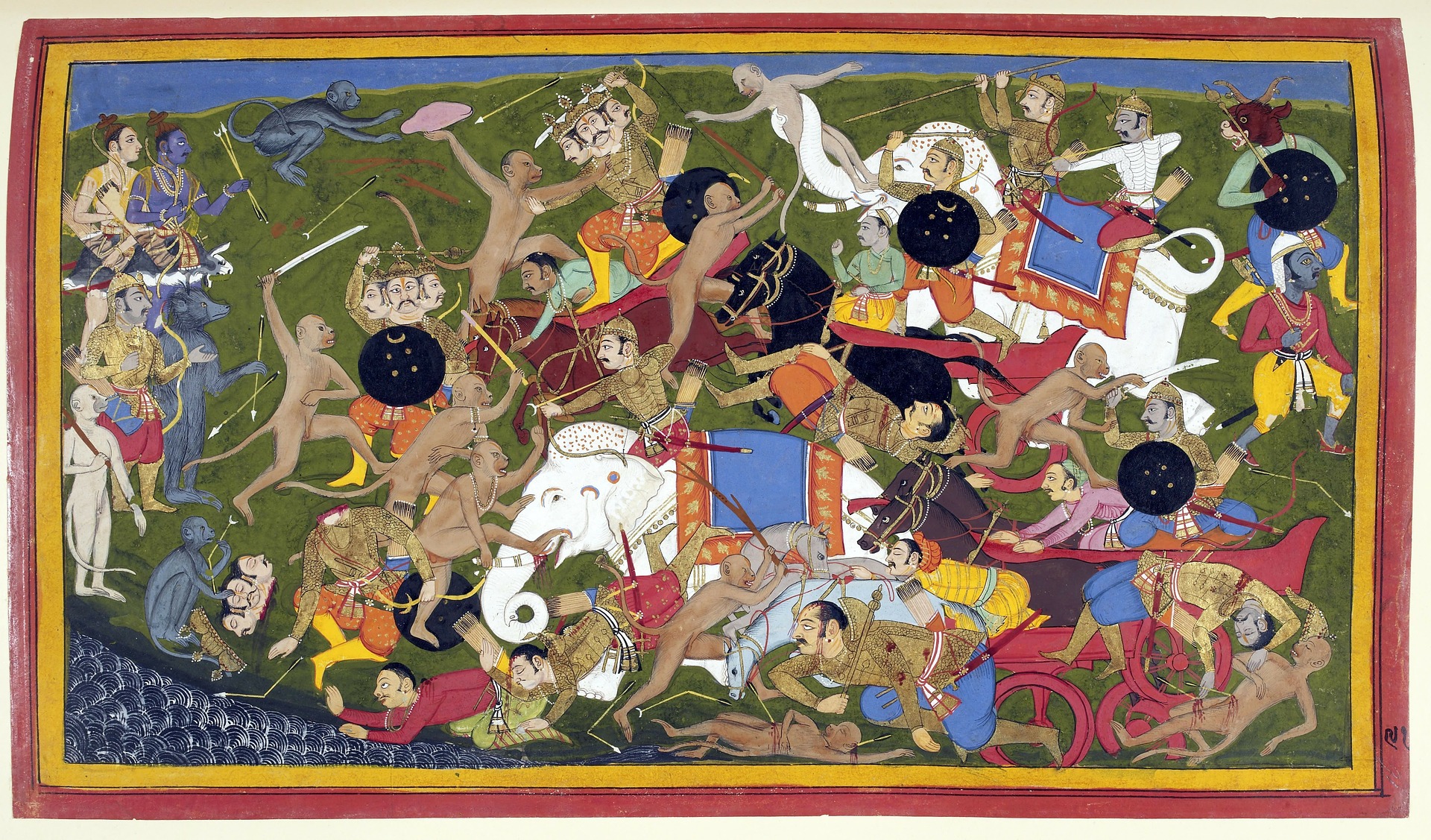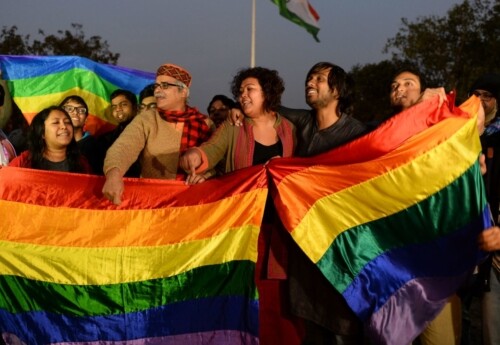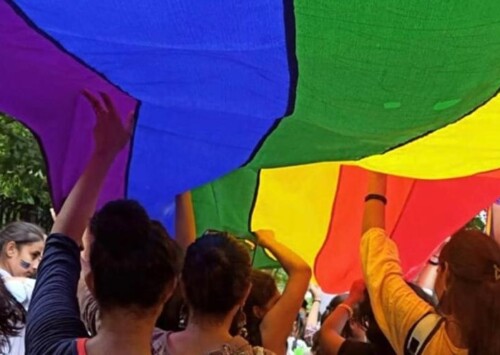Ramayana, Mahabharata through queer lens

Many historians and gender activists have time and again asserted the presence of lesbian, gay, bisexual, and transgender (LGBT) themes and characters in Indian texts, poetry, and epics. (Pic credits/Pixaby)
Even after the decriminalisation of homosexuality in India in 2018, one of the most common arguments against homosexuality in India involves a verbose monologue about the absence of such phenomenon historically. However, historians and gender activists have time and again asserted the presence of lesbian, gay, bisexual, and transgender (LGBT) themes and characters in Indian texts, poetry, and epics.
“In ancient India, there were over 50 words for non-heterosexual gender and sexualities in Sanskrit, Prakrit and Tamil: napunsaka, kliba, kinnara, pedi, pandaka. These references are found in Veda, itihasa, Purana, Dharma-shastra, Kama-shastra, Natya-shastra and Ayurveda, of the Hindus, as well as in Jain Agamas and Buddhist Pitakas. Today most are still used in local languages but in a pejorative way,” writes Devdutt Pattanaik, an Indian mythologist and author who writes on Hindu sacred lore, legends, folklore, fables and parables.
The two leading Sanskrit epics from the ancient epoch that are considered highly sacred in Hinduism, Ramayana and Mahabharata, both hold significant and diverse representation of the LGBT themes.
Representation of LGBT themes in Mahabharata
Written by Ved Vyasa, the ancient Indian epic Mahabharata, describes the struggle for a throne by the good and the evil powers through a war. The epic shows one of the protagonists, Arjuna, getting cursed to spend a year of his life as a eunuch, to be only transformed into Brihannala, a music and dance teacher.
“The curse that Arjuna was subjected to only turned out to be a blessing. It showed that the Hindu mythology holds transgender individuals in a status equal to other genders,” Radhika Makhan, a gender studies student from New Delhi tells Media India Group.
The epic also depicts the character of Shikhandi, an androgynous individual, born as a female who later transforms into a male.
“Shikhandi embodies all queer people – from gays to lesbians to and from eunuchs to transgendered people to hermaphrodites to bisexuals. Like their stories, his story remains invisible. But the great author, Vyasa, located this story between the ninth night and the tenth day, right in the middle of the war. This was surely not accidental. It was a strategic pointer to things that belong neither here nor there. This is how the ancients gave voice to the non-heterosexual discourse,” writes Pattanaik.
Representation of LGBT themes in Ramayana
The Ramayana, hailed for the significance of its characters, sees Hindu deity Lord Rama being banished from his kingdom and spending 14 years in the forest.
“His followers followed him to the forest but he requested all the “men and women” to return back to the city of Ayodhya. The transgendered individuals (hijras) stayed back with Lord Rama. Lord Rama was greatly moved by their love and loyalty and sanctioned them the power to confer blessing on auspicious occasions like marriage, child birth, and inaugural functions,” reads a research paper titled Transsexualism in Hindu Mythology, published in the National Center for Biotechnology Information.
Makhan says that the epic provides ample space for non-heterosexual sexuality to be displayed in full public view without any stigma or ostracism.
“While the reproductive connection between man and woman has always been honoured, homosexuality and LGBT themes have been documented through ancient literature and folk tales, art and performing arts alike. Essentially because gender is often seen as an idea, a belief, a conviction, the sweep and scale of which can be seen through the diverse characters, each extraordinary and unusual,” writes Kavita Kané, an Indian writer who writes mythology-fiction.












